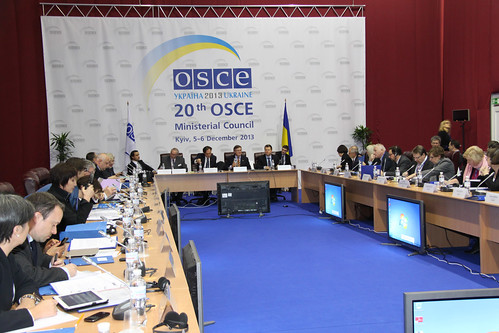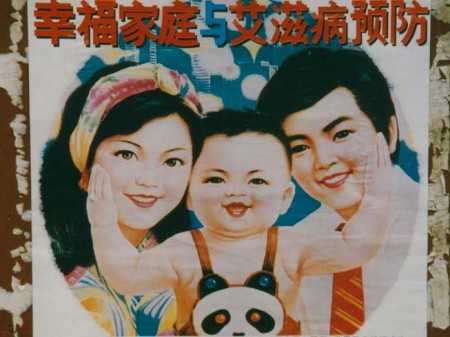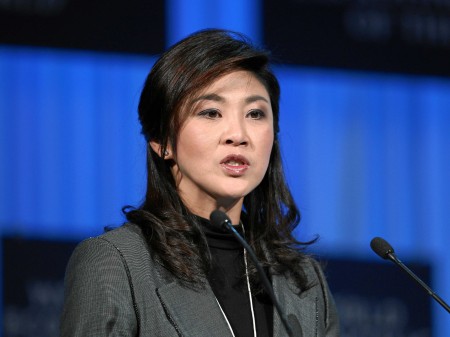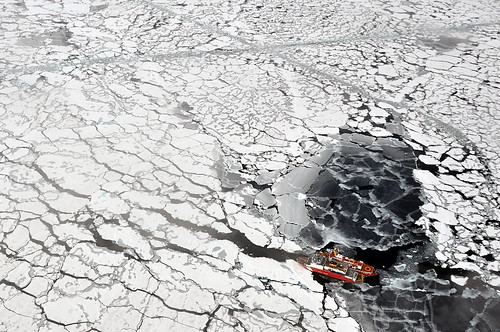
On 5 and 6 December 2013, Ukraine hosted the 20th OSCE Ministerial Council (MC) meeting in Kyiv. The OSCE MC meets once a year in the country holding the Chairmanship and is the highest OSCE decision-making body. This year, the MC meeting was preceded by an OSCE Parallel Civil Society Conference which was organized by the Civic Solidarity Platform in Kyiv as well as by a panel discussion held by the newly-established network of OSCE think tanks.
The MC meeting was held amid a political crisis in Ukraine which was sparked by the unexpected decision by the Ukrainian government on 21 November to suspend talks with the European Union (EU) on an Association Agreement and a deep free trade agreement, instead ordering to resume “an active dialogue” with the Moscow-led customs union. Tensions increased further when on 30 November Ukrainian riot police violently dispersed peaceful protesters on Maidan Square in Kyiv leaving the international community in a state of disappointment. Although Ukrainian president Yanukovych condemned “the actions that led to forceful confrontation and suffering of people” and Ukrainian foreign minister Leonid Kozhara released a statement prior to the OSCE MC meeting announcing a “thorough investigation” into the violent incidents, the damage had been done. Ukraine – in its capacity as OSCE Chairmanship-in-Office – had clearly breached core OSCE commitments of freedom of assembly and expression.




